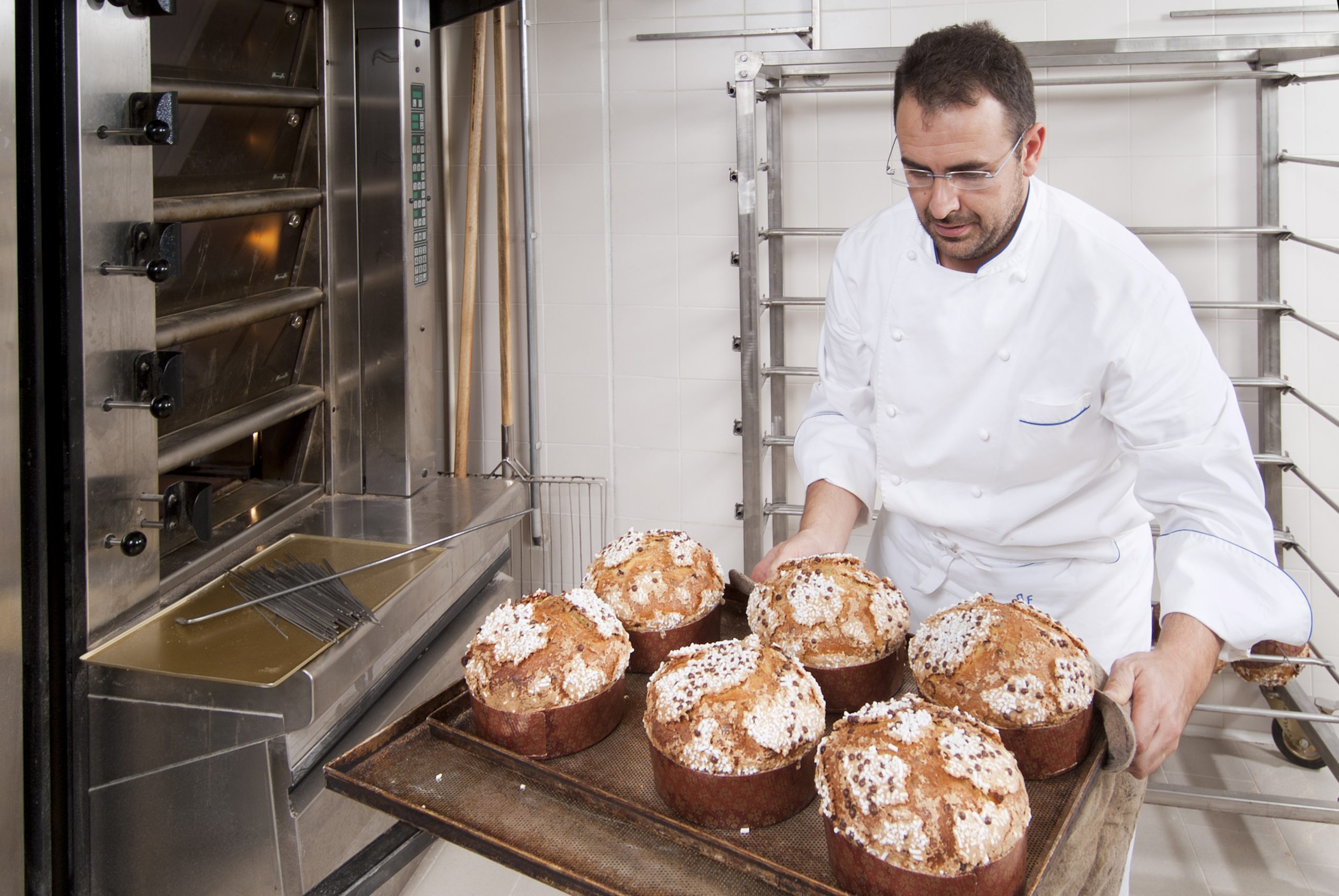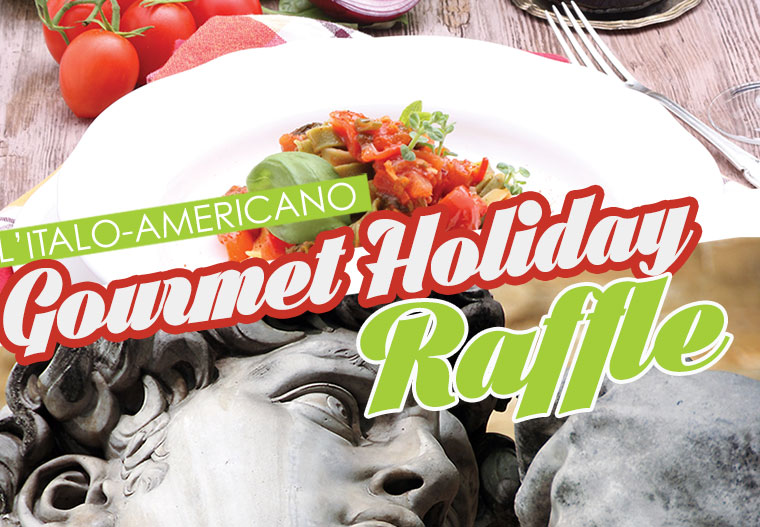A Christmas without panettone is barely a Christmas in Italy: loathed or loved, the Milanese born sweet loaf is something everyone has in the kitchen this time of the year. Light, fragrant and pleasantly rich, panettone lovers relish its candied fruit aroma and its ultimate simplicity. Detractors dislike the raisins or the lack of cream fillings – at least in its traditional variety. Making it is a labour of love, time and luck: it is not simple to reach that perfect light, buttery fluffiness we enjoy at home.
Famous as it is, not many are aware of its fascinating history: panettone is a cake of dreams, fit for an appearance in every fairy tale, not only because it is heavenly, but also because of the many legends surrounding its origin.
The history of panettone
Today, panettone is a sweet, leavened cake, usually filled with raisins and candied fruits, but also with creams and chocolate chips. It is often topped with chocolate and, more traditionally, with sugar and hazelnut (or almond) icing. Its name simply means “large loaf of bread” and that is very much what it is: a big, sweet, rich loaf of bread.
The very lightness of panettone is given by the yeast used to rise it, but it is unlikely the original recipe had yeast in it: panettoni of yesteryear, it seems, were flatter than those we eat today.
Like many things in Italy, it seems panettone was an ancient Roman invention. Our beloved ancestors used to bake a soft bread sweetened with honey, which may have been its early precursor.
However, the first written attestation of panettone as we know it –minus the yeast – dates to the Renaissance and ties the specialty directly to the court of the Sforza, in Milan. It was their preceptor, Giorgio Valagussa, who mentioned, in 1470, it was traditional to keep a piece of a sweet, leavened bread from a Christmas to the next, as it was thought to bring luck.
If you are after other written accounts related to the glory of panettone, you will have to fast forward almost four centuries and look into Cherubini’s Milanese-Italian dictionary. It was 1839 and the panatton del Natal was recorded as a type of bread made with butter, eggs, sugar, raisins and sultanas. No signs of candied fruit, yet and, as said already, no sign of yeast, which was to appear in the recipe only in the 1850s.
From history to legend
As customary for all kings and icons, panettone’s origins are often recounted in a legendary fashion.
Once upon a time, the first of these many tales goes, young Ughetto degli Atellani fell in love with beautiful Adalgisa, the daughter of the village baker. So strong was Ughetto’s desire to spend time with her, he pretended to be a pastry chef to get a job at her dad’s bakery. As it often happens to the brave, he struck success when, in an attempt to save the bakery’s from bankruptcy, he changed the recipe of its bread to something richer, made with flour, eggs, butter, sugar and sultanas: the first panettone. Needless to say, it was a success, the bakery gained all its clients back and Ughetto and Adalgisa lived happily ever after.
On occasions, you may hear panettone was not the brainchild of Ughetto, but of a nun called Ughetta. Ughetta lived in a small convent on the verge of financial ruin. There was very little to celebrate Christmas with, but sister Ughetta was not the type to surrender to life hardships so easily. Stubbornly, she decided herself and her sisters were to have a lovely Christmas in spite of the lack of food or money: she went into the kitchen and made up a cake off all the leftovers ingredients she could find. Before putting it in the oven, she cut a cross on top of it, which gave it a peculiarly four-sectioned domed shape once baked: do you recognise it? Yes, it was the first panettone.
Another story tells an absent minded chef, in charge of preparing Ludovico il Moro Sforza’s Christmas dinner, forgot the cake in the oven, burning beyond recognition. A young kitchen porter named Toni, noticing his boss’ desperation, thought the only way to save the day was to use whatever was left in the kitchen to prepare another dessert. And so did they: eggs, flour, citron peels, butter, sugar and raisins, all went into the bowl. What came out was fragrant, sweet and worthy of the Sforza’s palates. It was called “pan del toni”, to honour its clever inventor.
A cake living between history and legend then, which has lovers and detractors, but never fails to appear on Italian tables during this time of the year, its taste a synonym itself of the Italian Christmas season.































